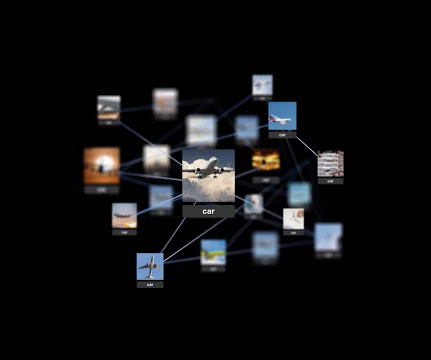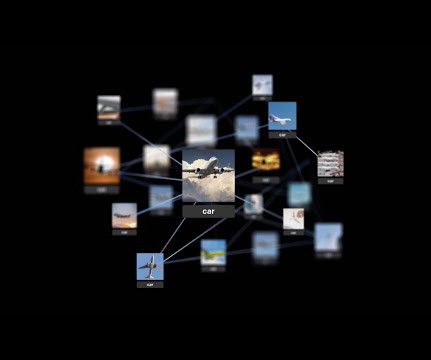Exploring the dynamic fusion of AI and the IoT
Dataconomy
MAY 25, 2023
AI algorithms can uncover hidden correlations within IoT data, enabling predictive analytics and proactive actions. Here are some key advantages: Enhanced predictive analytics AI-powered IoT devices can predict future outcomes and behaviors based on historical data patterns.












Let's personalize your content